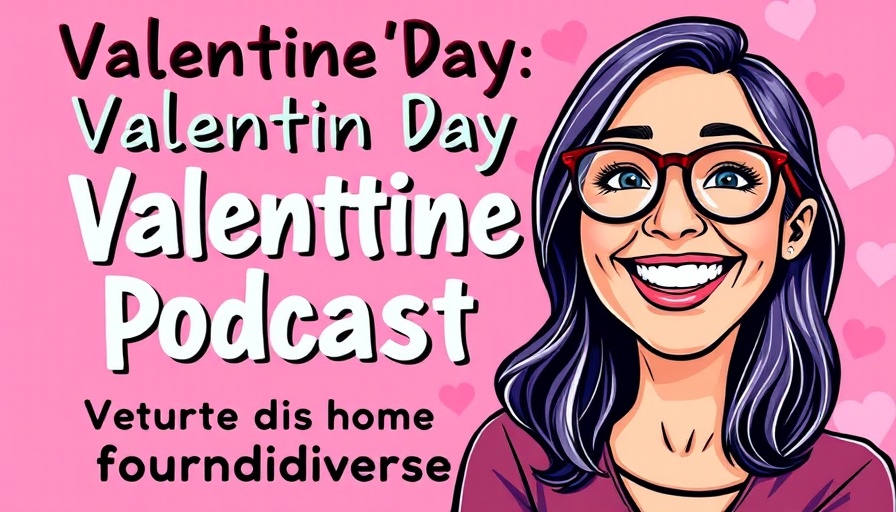
Understanding Neurodiverse Relationships
Valentine's Day is often viewed as a time for romance, but for couples who navigate neurodiversity, it can bring unique challenges. Recognizing that communication styles and emotional expressions can vary significantly between partners is key to ensuring that this day is enjoyable for both parties. Neurodiversity encompasses a range of conditions, including autism and ADHD, meaning that the traditional expectations associated with Valentine’s Day may not apply universally.
Communicating Expectations Clearly
One of the most crucial aspects of any relationship is communication, especially when navigating the nuances of neurodiversity. Misunderstandings can arise when partners don’t share their expectations or needs. Open dialogue about what Valentine’s Day means to each individual can help foster mutual understanding. For instance, one partner may cherish the idea of a surprise dinner, while the other may feel overwhelmed by anything unplanned. By taking the time to discuss preferences, couples can set the stage for a meaningful celebration.
The Importance of Flexibility
Flexibility is another vital component in celebrating Valentine’s Day within neurodiverse couples. Plans might not go as envisioned, and that’s perfectly okay. One partner might require a break from sensory stimulation, such as crowded restaurants, while the other may thrive in that atmosphere. Couples should approach the day with an open mind and be ready to adapt plans as needed. This willingness to reschedule or modify activities can alleviate potential stress and foster a more enjoyable experience.
Creating a Personalized Celebration
What if instead of following conventional traditions, couples focused on creating their unique Valentine's Day experience? This could mean engaging in low-key activities like watching a favorite movie at home, cooking together, or even taking a nature walk. These intimate settings can alleviate pressure and allow both partners to connect without the sensory overload of traditional celebrations. Research suggests that shared experiences, particularly those that occur in comfortable and familiar settings, enhance relationship satisfaction.
Counterarguments: The Value of Traditional Approaches
While many may argue that traditional approaches to Valentine’s Day, such as extravagant dates and gifts, are romantic, it’s important to question their effectiveness in neurodiverse relationships. These mainstream expectations can inadvertently pressure couples to perform rather than enjoy their time together. Understanding this dynamic helps partners navigate potential pitfalls and focus on what truly matters—connection.
Final Thoughts: Make This Valentine’s Day Unique
As Valentine’s Day approaches, take a moment to reflect on your relationship and what brings both partners joy. By prioritizing communication, flexibility, and unique shared experiences, couples can make this day authentically their own. Celebrate love in a way that feels right for both of you, enhancing emotional connection and understanding along the way. Building a strong foundation based on mutual respect and adaptability opens doors to deeper relationships.
In the spirit of making this Valentine’s Day special, think about how you and your partner can turn the day into an expression of love that's tailored to your unique relationship. Explore new activities together, or simply enjoy each other’s company in a relaxed setting. Remember, love is not one-size-fits-all, and what matters most is that you both feel valued and appreciated.
 Add Row
Add Row  Add
Add 




Write A Comment